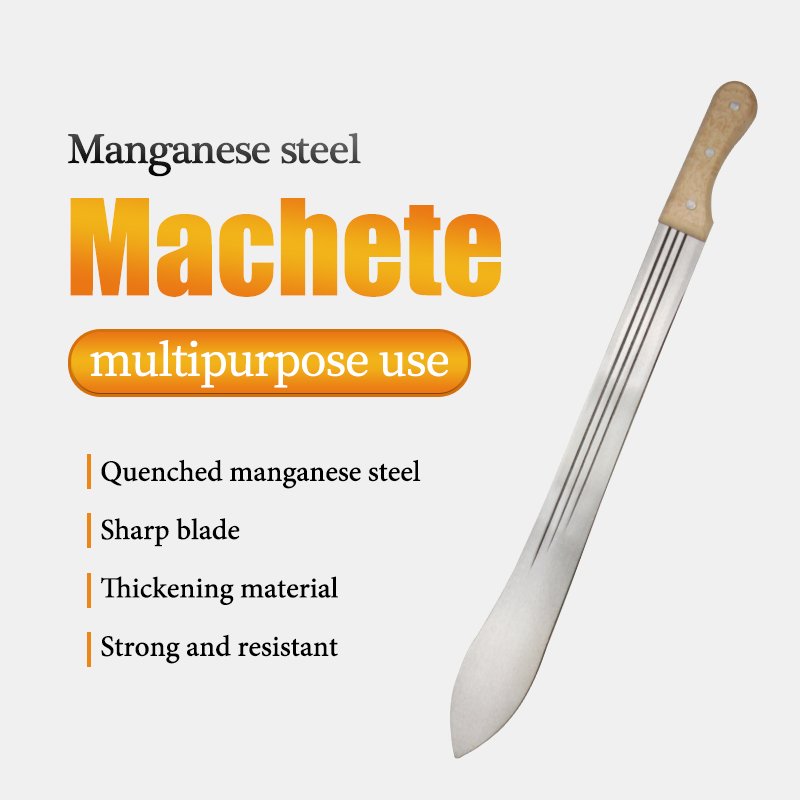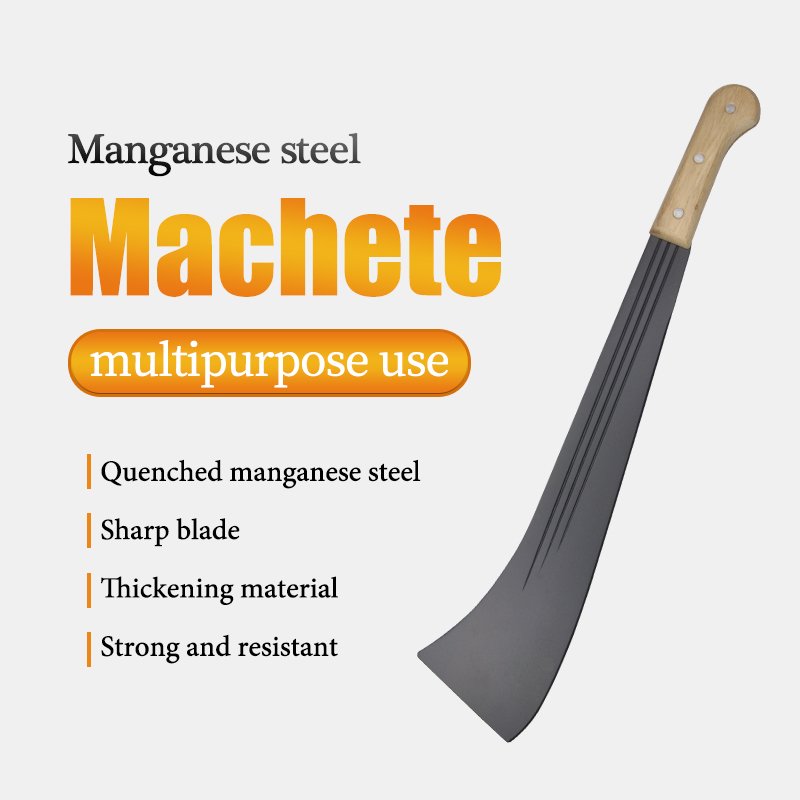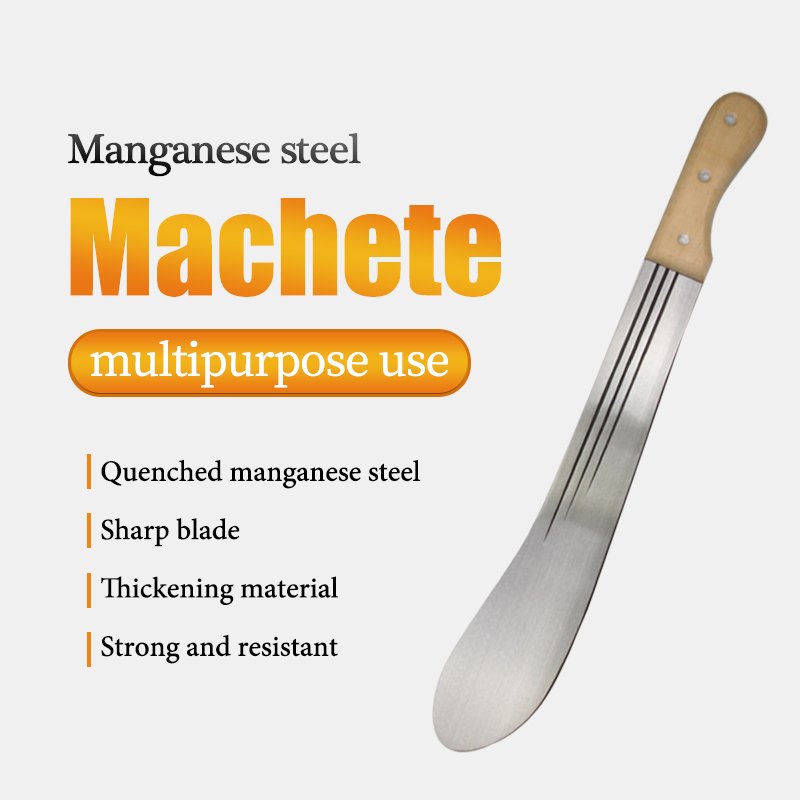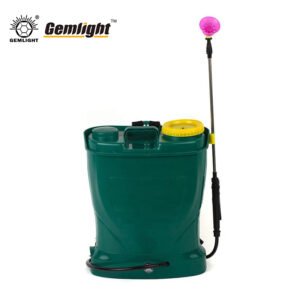1. Understanding the Traditional Thai Machete: Origins and Functions
The traditional Thai machete—commonly referred to in Thai as “E-to” or “Dab”—is a cutting tool that has evolved over centuries, shaped by both Thailand’s rich agricultural heritage and its tropical environment. Used extensively by farmers, gardeners, and craftsmen, this tool is uniquely adapted to the challenges of thick foliage, dense underbrush, and multi-purpose daily tasks in Southeast Asia.
Originating from rural farming communities, the traditional Thai machete has historically played an essential role in rice harvesting, clearing banana groves, and even light construction work. Its blade typically features a forward-weighted design that maximizes chopping power, with a slightly curved edge that improves slicing efficiency. This functional shape, combined with a simple yet durable wooden or wrapped handle, provides balance and comfort for long hours of manual labor.
In contemporary settings, the traditional Thai machete is still a daily necessity in both farming and survival contexts. It is also gaining popularity among outdoor professionals and bushcraft enthusiasts globally due to its proven efficiency and cultural authenticity. The blade’s simplicity allows for quick sharpening in the field, while its versatility means it can be used for tasks ranging from cutting grass and sugarcane to preparing firewood.
For importers and wholesale buyers, understanding the cultural roots and practical application of the traditional Thai machete is essential. These tools are not merely rustic implements—they are the product of centuries of refinement and localized innovation, offering a unique selling point in global markets where authenticity and functionality are both highly valued.

2. Thailand Machete Features and What Makes It Unique
The Thailand machete stands out in the global machete market for its ergonomic design, utility-driven blade structure, and adaptability in various climates and terrains. Unlike mass-produced machetes from other regions, Thai machetes are shaped by generations of field experience, resulting in tools that blend simplicity with high performance.
One of the defining characteristics of a Thailand machete is its blade shape. It usually features a thick spine and a gradually tapering edge, designed for slicing through fibrous plant material and even small branches. Blade lengths vary between 12 to 22 inches, allowing for flexibility depending on the task at hand. Many models include a gentle curve at the tip, enabling precision work, such as harvesting fruit or bamboo.
Material selection is another reason machetes are held in high regard. The blades are typically made from high-carbon steel, which offers a great balance between toughness and edge retention. The handle—commonly made from durable hardwood, thermoplastic, or wrapped with local fibers—ensures a firm grip even in humid or wet conditions, which is especially important in Southeast Asian environments.
The machete’s performance in tropical weather is a standout feature. Thailand’s climate poses unique challenges: persistent moisture, heat, and rapidly growing vegetation. The Thailand machete has been field-proven in this environment, giving buyers assurance of its quality under tough conditions. Furthermore, the minimalistic construction makes maintenance simple, reducing lifecycle costs for end users.
Professionals in landscaping, bushcraft, farming, and even emergency response teams are increasingly interested in tools that offer functional versatility. The machete provides precisely that, backed by regional expertise and craftsmanship. For global buyers and tool distributors, sourcing authentic Thailand machetes ensures that they are offering products with both cultural relevance and field-tested reliability.

3. Thai Machete for Sale – Factory-Direct Products from Our Company
As a leading manufacturer with over 30 years of experience in agricultural and outdoor hand tools, we are proud to present our specialized line of Thai machete for sale—built to meet the rigorous demands of global outdoor professionals. Our factory, located in one of China’s key tool production zones, combines traditional forging techniques with modern manufacturing precision to deliver dependable quality at competitive prices.
We offer a wide range of Thai machete models, including traditional straight-blade styles, curved chopping blades, and custom hybrid variants tailored for specific cutting environments. Blade sizes range from 12 to 22 inches, forged from high-carbon steel or manganese steel for strength, flexibility, and excellent edge retention. Blade thickness can be customized from 2.5mm to 5mm depending on the required performance.
Our handles are available in a variety of materials such as hardwood, PP plastic, and anti-slip rubber, suitable for both humid tropical fields and dry desert terrain. We also offer full customization options, including branding, handle color, packaging, and even laser-etched logos for OEM clients. Whether you’re sourcing for local retail, government supply contracts, or international wholesale, our Thailand machete models can be tailored to your project specifications.
With fast production lead times, flexible MOQs, and full export documentation support, we ensure smooth transactions and timely delivery for clients in Southeast Asia, Africa, Latin America, and beyond. Our Thai machete for sale line has already been well received by importers targeting agricultural and outdoor tool markets. We welcome inquiries from distributors and wholesalers looking to expand their machete product range with reliable, cost-effective options straight from the factory

4. How to Choose the Right Traditional Thai Machete for Outdoor Use
Selecting the ideal traditional Thai machete depends on multiple factors, including the intended use, environmental conditions, and user preferences. Outdoor professionals, from farmhands to survival instructors, need a tool that can handle repeated use without compromising efficiency or comfort.
First, consider blade size. For dense brush and heavy chopping, a longer blade (18–22 inches) with forward weight distribution offers greater swing power. For light harvesting or gardening, a shorter blade (12–16 inches) is preferable, offering better maneuverability and less fatigue. Blade thickness also matters—thicker blades offer more power but can feel heavier after prolonged use.
Blade material should be high-carbon or manganese steel for optimal toughness. These steels are preferred for their balance between edge retention and ease of sharpening. For those working in humid regions or near saltwater, consider a blade with anti-rust coating or stainless variants if corrosion resistance is a priority.
Handle grip is crucial for both safety and productivity. Wood handles offer a traditional look and are favored for their natural grip and shock absorption. However, polypropylene or textured rubber handles may perform better in wet environments, offering a non-slip hold even when used with gloves or sweaty hands.
Finally, consider customization options for bulk orders. Professionals often require specific blade profiles or sheaths that match their use case. Our factory supports personalized requirements for design, branding, and even packaging.
Whether you’re sourcing for government procurement, NGO tool kits, or commercial outdoor retailers, choosing the right traditional Thai machete ensures end users receive a tool that performs reliably in the field and upholds your brand reputation.

5. What is a Filipino Machete Called? Regional Blade Comparison
A common question among tool buyers and outdoor gear enthusiasts is: “What is a Filipino machete called?” The answer is the Bolo machete—a traditional blade from the Philippines known for its rounded tip, thick spine, and powerful chopping ability. While both Thai and Filipino machetes share Southeast Asian roots, their designs and typical applications differ in meaningful ways.
The Filipino bolo machete is typically shorter and stockier than the Thai machete, optimized for splitting coconuts, clearing sugarcane, and jungle navigation. Its forward-heavy blade gives it significant cutting force, making it suitable for dense vegetation and heavy-duty work. It is also deeply embedded in Filipino martial arts, adding cultural and tactical significance.
In contrast, the Thai machete features a slimmer, more elongated profile with a slightly curved edge. It excels in finesse cutting, rice harvesting, and quick trimming tasks. It’s a more general-purpose tool, whereas the bolo is often more specialized.
Both tools reflect the ingenuity of their regions and are ideal for importers seeking diverse offerings in their machete product line. In fact, many clients request both types—Thai and Filipino machetes—for their cultural appeal and utility in different environments.
Our factory is also capable of producing Filipino bolo machetes upon request, offering clients the flexibility to build a comprehensive Southeast Asian blade collection. For brands focusing on authenticity and regional differentiation, understanding tools like the Thai machete and the Filipino bolo can open up new opportunities in specialty outdoor markets.
About us:
Dingzhou Gemlight Cutting Tools Co., Ltd.,With a solid foundation since 1990, Gemlight machete is a trusted name in the field of cane machete manufacturing. We focus on R&D, design and production to produce high quality wholesale china machete and shovel,hoe,pickaxe,sickle,farm tools.
Gemlight Machete factory Based in Baoding, Hebei, China, we benefit from efficient logistics and fast delivery. Our products have been well received in more than 50 countries, thanks to our commitment to customer satisfaction




